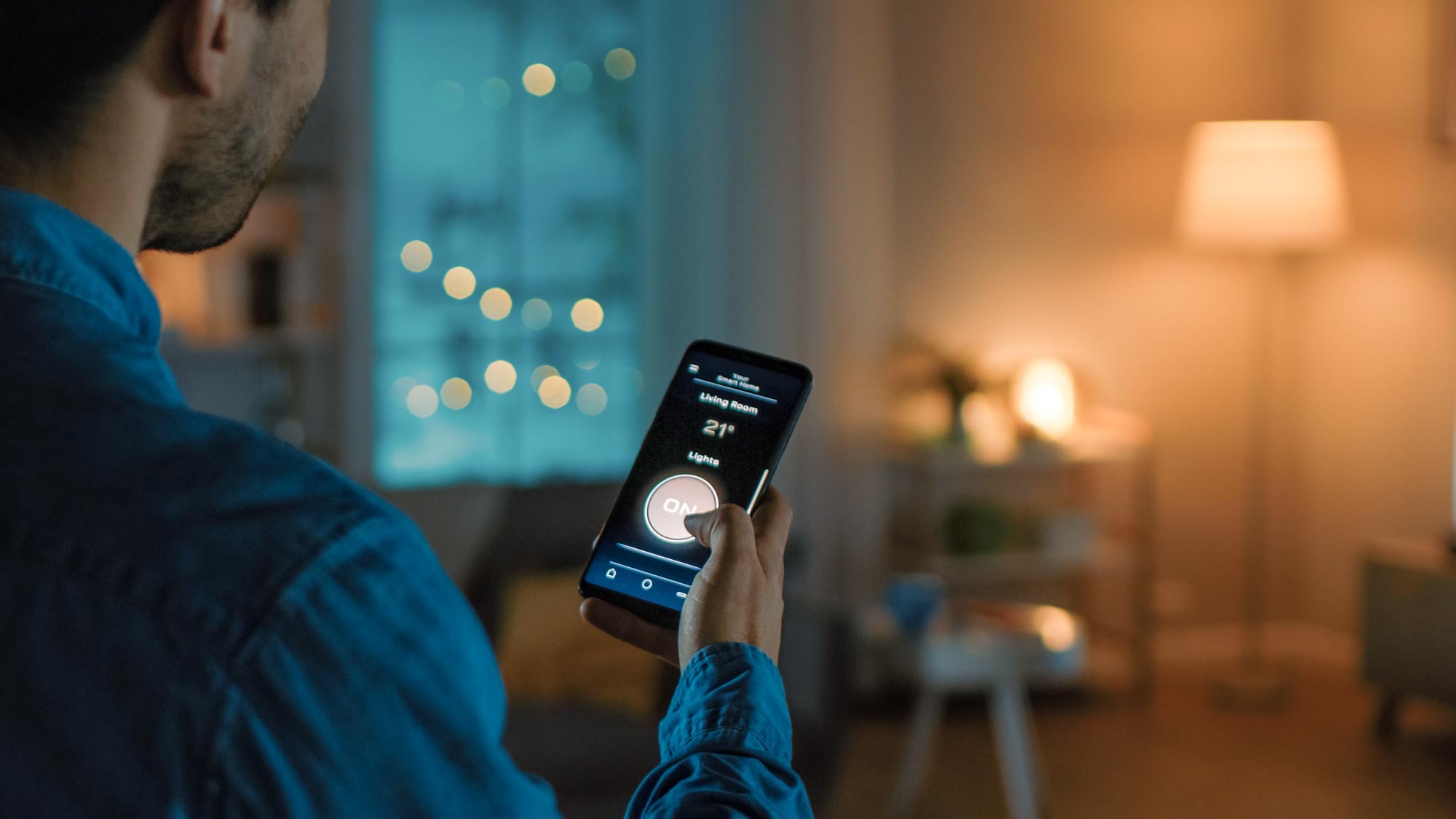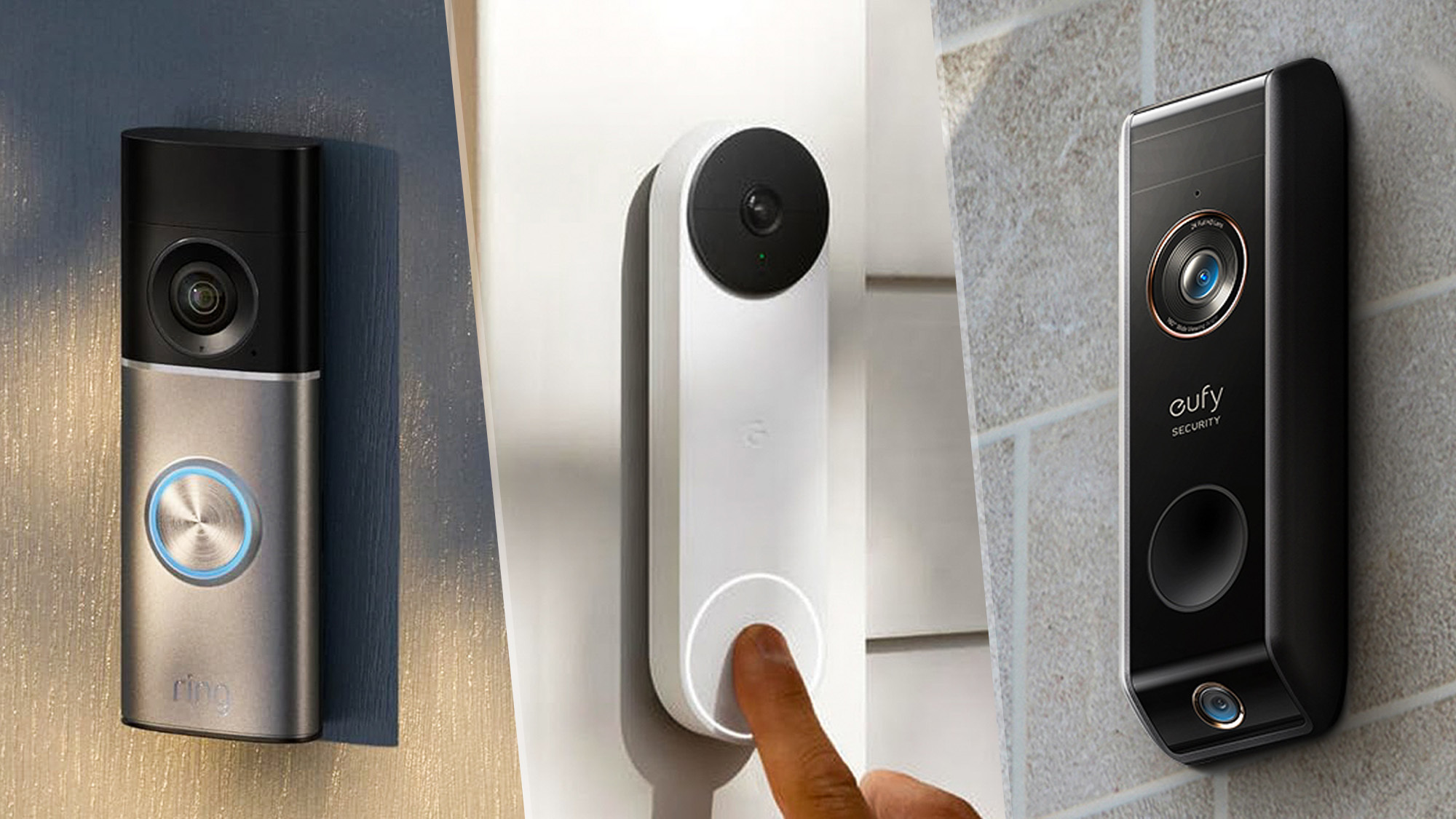The Hidden Costs of Smart Homes (and How to Avoid Them)

When purchasing devices to set up your smart home, you might think that after you buy a product and set it up, that's the end of it. However, there are a lot of potential hidden costs that could add up to a big monthly bill, if you end up subscribing to a lot of services.
Here, we'll show you five of the most common hidden costs with smart homes, and how to avoid them.
Security camera subscriptions
Some of the most popular smart home devices are home security cameras and video doorbells. After smart lights and locks, these all-seeing cameras help you keep tabs on your property, your front door, and your packages.
However, a majority of the best home security cameras require you to pay for a monthly subscription in order to save video — and the same goes for the best video doorbells too. So, if you want to look back at who came to your door, or if there were animals running around your back yard, you'll might need to spend a little extra each month.
Security camera storage subscriptions start at around $3 per month for a single camera, but can escalate quickly if you have multiple cameras on your property.
However, a few companies — most notably Eufy — allow you to save footage locally without having to pay for a subscription. While the upfront cost for the cameras is a little more expensive, you'll save money over the long run.
Verizon Home Device Protect: It can be easy to overlook or underestimate hidden costs when it comes to tech. That's why Verizon Home Device Protect can be a lifesaver. As a protective layer against unexpected out-of-pocket costs, it covers virtually all home tech, from laptops to smart vacuums, for your house and one additional. It also comes with 24/7 tech support, saving you hassle over time.
Professional Security Systems
The best DIY home security systems let you monitor everything that's going on around your home; more than just cameras, these systems also have door and window sensors as well as motion detectors, so you'll know if someone's trying to get in.
Get instant access to breaking news, the hottest reviews, great deals and helpful tips.
But, if you want the authorities to respond to your home without you calling them first, you'll need to subscribe to a professional monitoring service, most of which cost around $19 per month.
We're not saying you shouldn't get professional monitoring, but know upfront that it's a bit of an investment.
Router security
One of the best mesh routers is an essential part of any smart home; you need good Wi-Fi coverage throughout your house in order for all those devices to be able to connect reliably to the cloud.
In recent years, some of the leading router companies have started offering subscription services to protect all of your connected devices from such things as viruses, data breaches, and more.
These plans can also cost as much as $100 per year, so it's worth comparing their features to what the best antivirus programs offer, to see which best fits your needs. Often, there's a good amount of overlap between the services.
Streaming services
We might not think of the best streaming services as part of a smart home, but when using a streaming stick or smart TV, it's all connected. And, if you're subscribing to multiple streaming services, those bills can add up fast.
Each month, it's worth looking at what's coming up on the services you subscribe to, and deciding whether or not you should cancel it. There's no sense paying for something you're not using.
You should also look for deals — often around Black Friday and other events, many services will offer a special one-year subscription rate that's much lower.
Another way to save money is to look at the different subscription tiers; many services now have a premium tier, but then also one that's much lower. You'll just have to sit through ads.
Product lifespans
Like traditional devices in your home — think lightbulbs and refrigerators — smart home devices also have a lifespan, but the timeframes might be a bit different.
Let's start with smart lightbulbs. While they use less energy and have a claimed lifespan much longer than incandescent bulbs, LED bulbs are still a somewhat newer technology. As a result, they may not last as long as advertised.
A bigger issue with smart home devices, though, is that at some point, they become obsolete as technologies change, and the companies that make them no longer support them.
So, while a security camera that you bought 10 years ago may still work well, it may no longer get updates from the company, which may leave it more vulnerable to hacking.
In other cases, a company might turn off features for smart home products — or worse, the company might go out of business entirely.
Our advice: Look to buy smart home devices from more well-established companies, but be prepared that you will have to replace things eventually.

Michael A. Prospero is the U.S. Editor-in-Chief for Tom’s Guide. He oversees all evergreen content and oversees the Homes, Smart Home, and Fitness/Wearables categories for the site. In his spare time, he also tests out the latest drones, electric scooters, and smart home gadgets, such as video doorbells. Before his tenure at Tom's Guide, he was the Reviews Editor for Laptop Magazine, a reporter at Fast Company, the Times of Trenton, and, many eons back, an intern at George magazine. He received his undergraduate degree from Boston College, where he worked on the campus newspaper The Heights, and then attended the Columbia University school of Journalism. When he’s not testing out the latest running watch, electric scooter, or skiing or training for a marathon, he’s probably using the latest sous vide machine, smoker, or pizza oven, to the delight — or chagrin — of his family.
You must confirm your public display name before commenting
Please logout and then login again, you will then be prompted to enter your display name.

